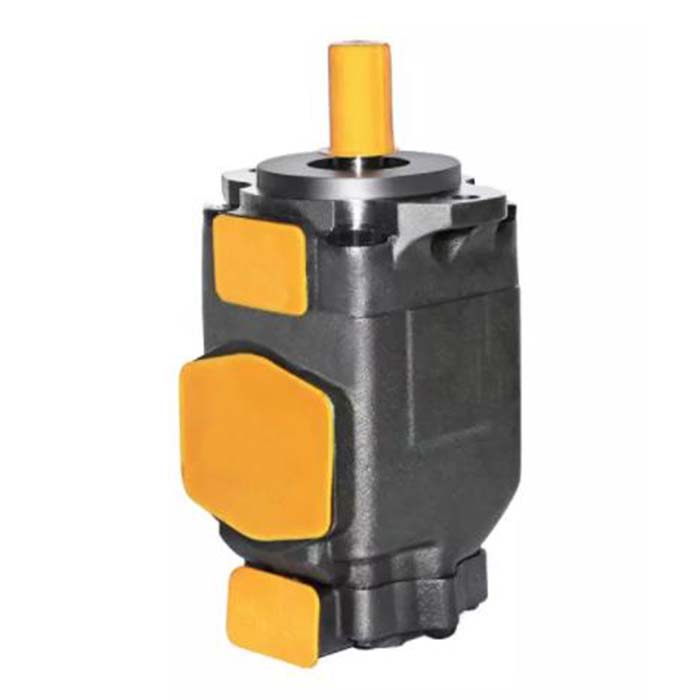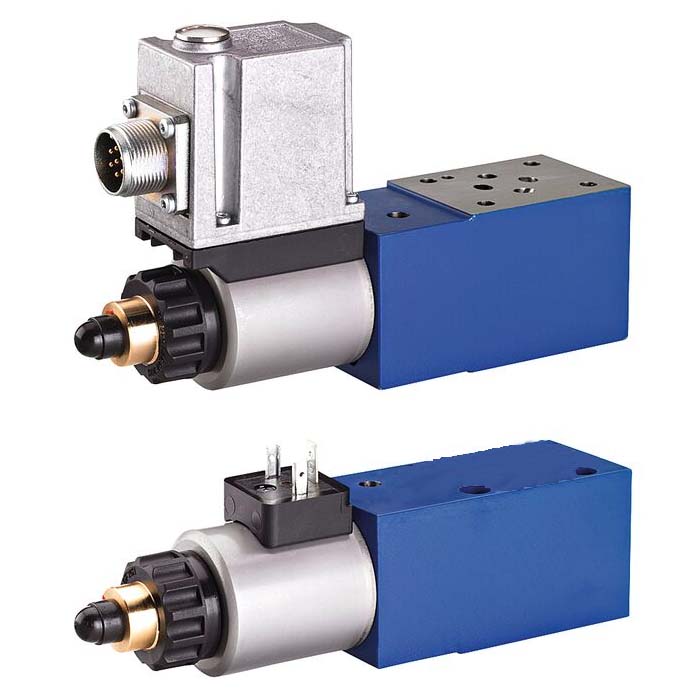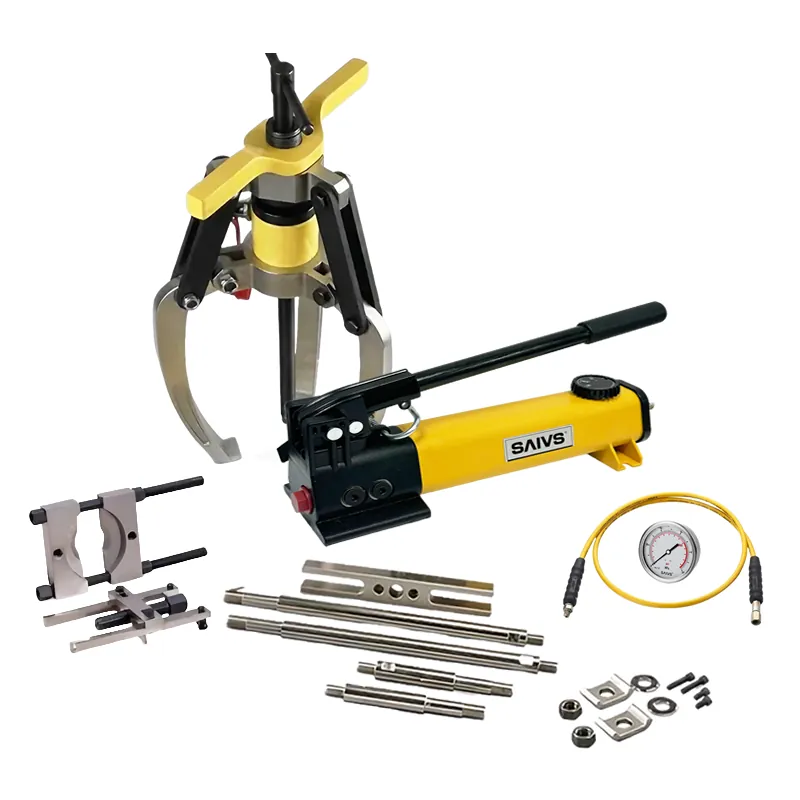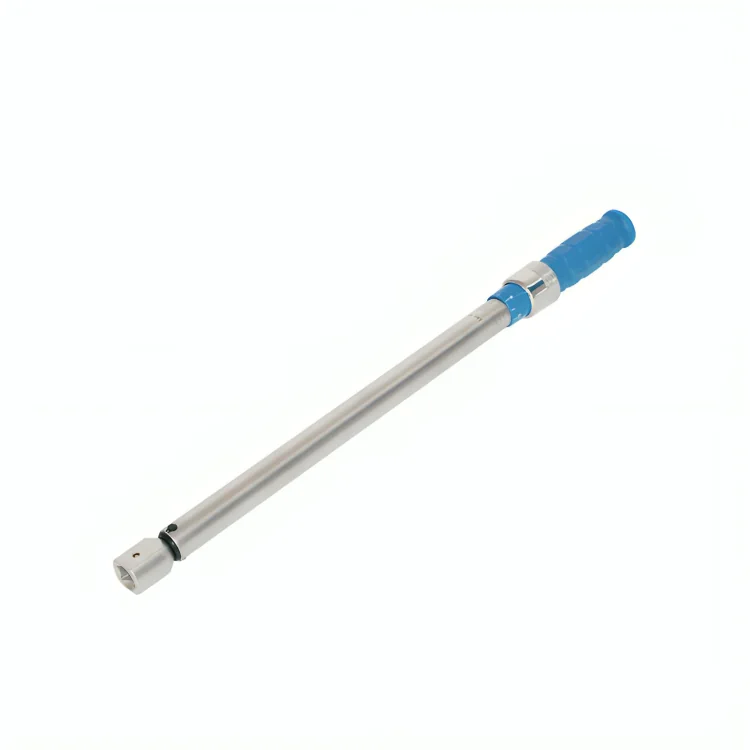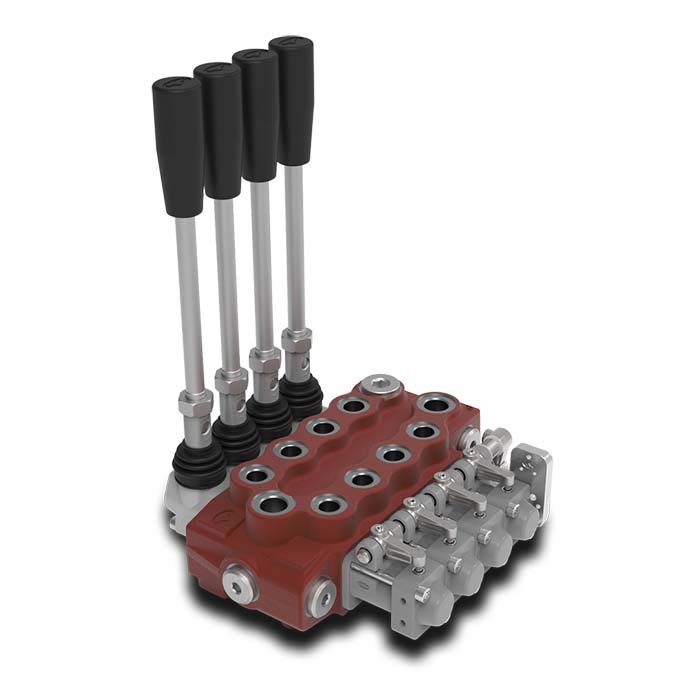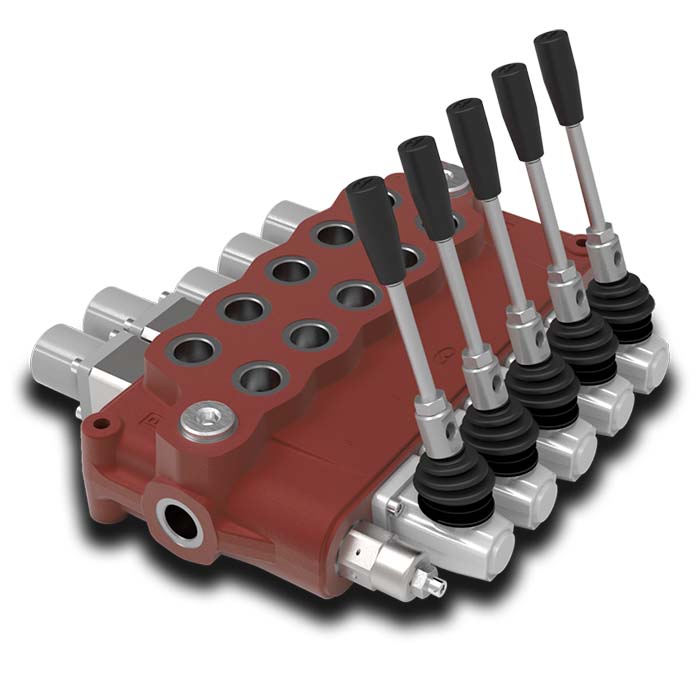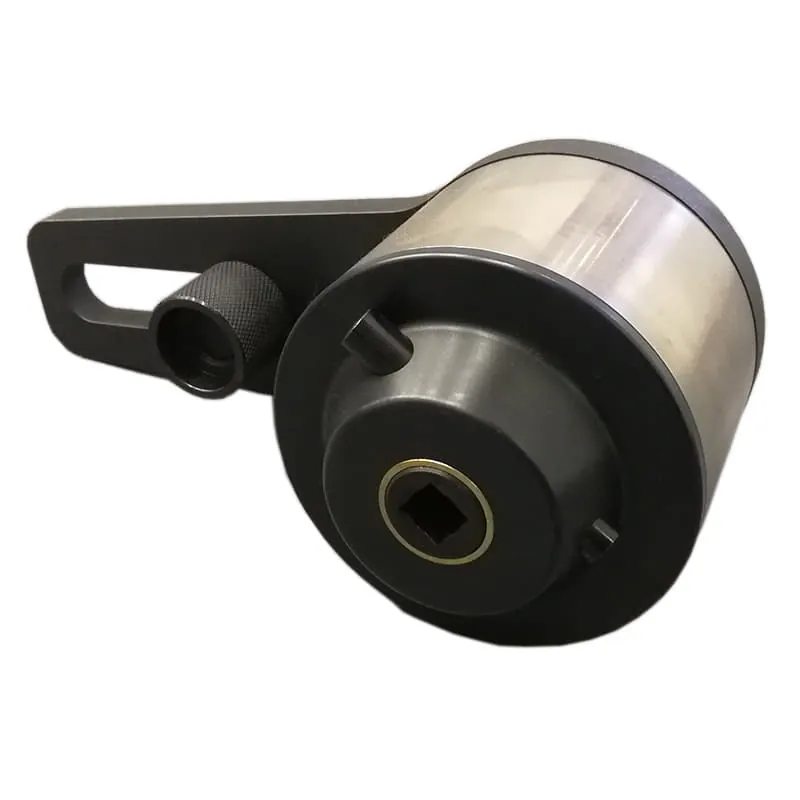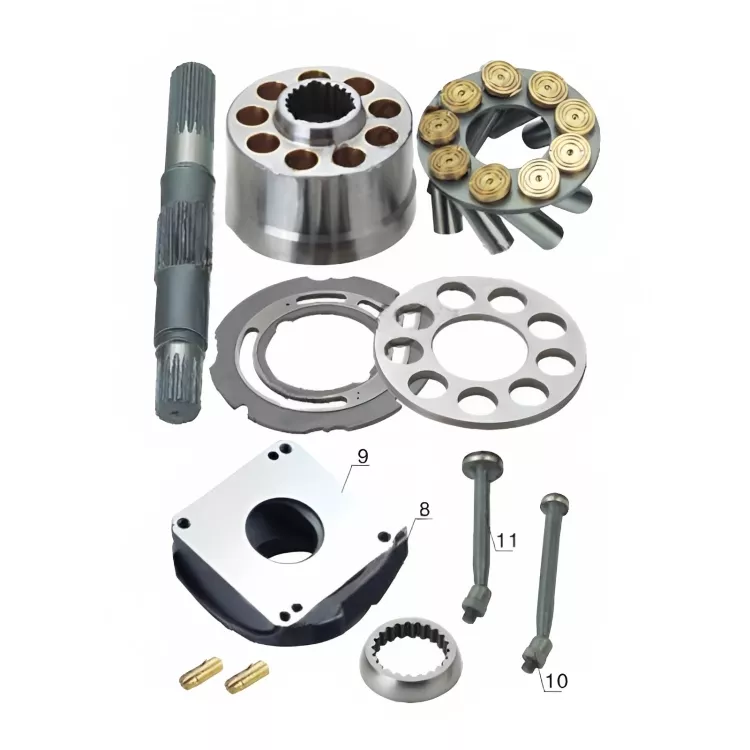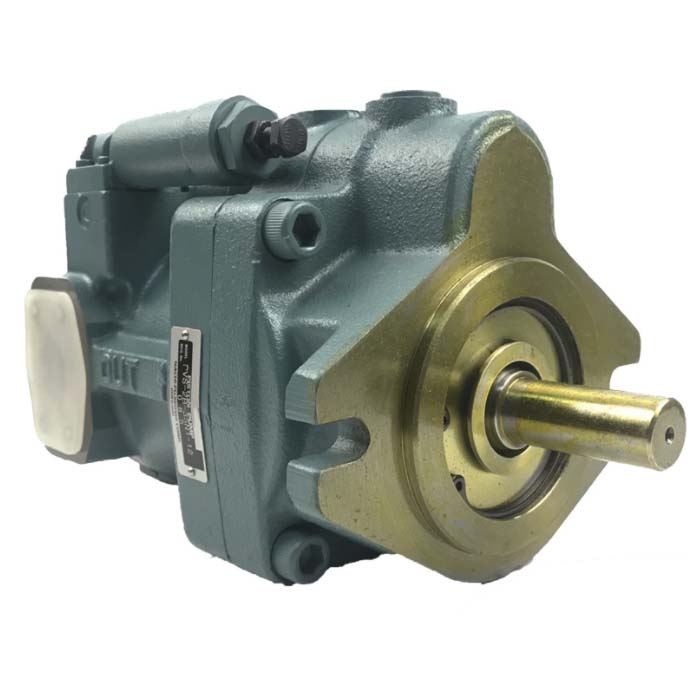Choosing the Right Welding Technique for Cylinder Repair
In cylinder repair, welding plays a crucial role in restoring functionality and extending the lifespan of the equipment. Various welding techniques are
employed, each with its unique advantages and applications. Here, we discuss four primary welding types commonly used in cylinder repair:
Gas Metal Arc Welding (GMAW):
Gas Metal Arc Welding, commonly known as MIG (Metal Inert Gas) welding, is frequently used in cylinder repair due to its versatility and ease of use.
In GMAW, a continuous wire electrode is fed through a welding gun, which also releases a shielding gas to protect the weld from atmospheric contamination. This technique offers high welding speeds and produces quality welds with minimal splatter, making it suitable for both thin and thick materials
commonly found in cylinders.
Shielded Metal Arc Welding (SMAW):
Shielded Metal Arc Welding, or stick welding, is another prevalent technique employed in cylinder repair, particularly in field applications or where power sources are limited. SMAW utilizes a consumable electrode coated in flux to generate the arc and form the weld. While SMAW requires more skill and
produces slower welding speeds compared to GMAW, it offers excellent versatility, making it suitable for various cylinder materials and orientations.

Gas Tungsten Arc Welding (GTAW):
Gas Tungsten Arc Welding, also known as TIG (Tungsten Inert Gas) welding, is favored for its precise control and ability to produce high-quality welds.
GTAW employs a non-consumable tungsten electrode, along with a separate filler material if needed, while an inert gas shield protects the weld zone.
This technique is ideal for welding thin materials, intricate designs, and critical components within cylinders, ensuring minimal distortion and superior
weld integrity.
Flux-Cored Arc Welding (FCAW):
Flux-Cored Arc Welding is a versatile welding process commonly used in cylinder repair, especially for outdoor or windy conditions where gas shielding
may be challenging. FCAW utilizes a tubular wire electrode filled with flux compounds, eliminating the need for external shielding gas.
This technique offers higher deposition rates and deeper penetration compared to GMAW, making it suitable for thicker materials and heavy-duty repairs commonly encountered in cylinders.
In conclusion, the choice of welding technique in cylinder repair depends on factors such as material type, thickness, accessibility, and desired weld
quality. Gas Metal Arc Welding, Shielded Metal Arc Welding, Gas Tungsten Arc Welding, and Flux-Cored Arc Welding each offer unique advantages and
applications in restoring cylinders to optimal working condition.

